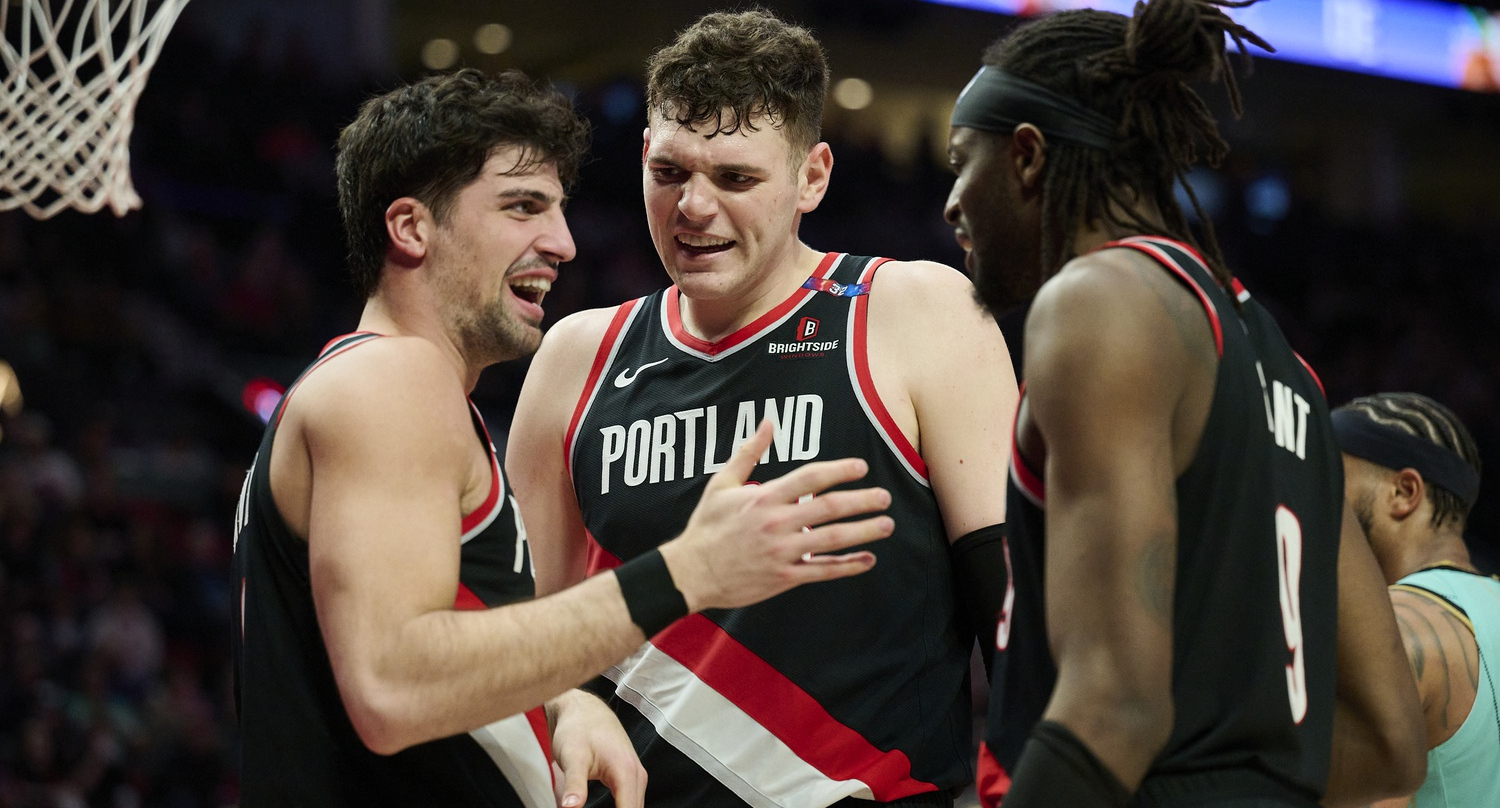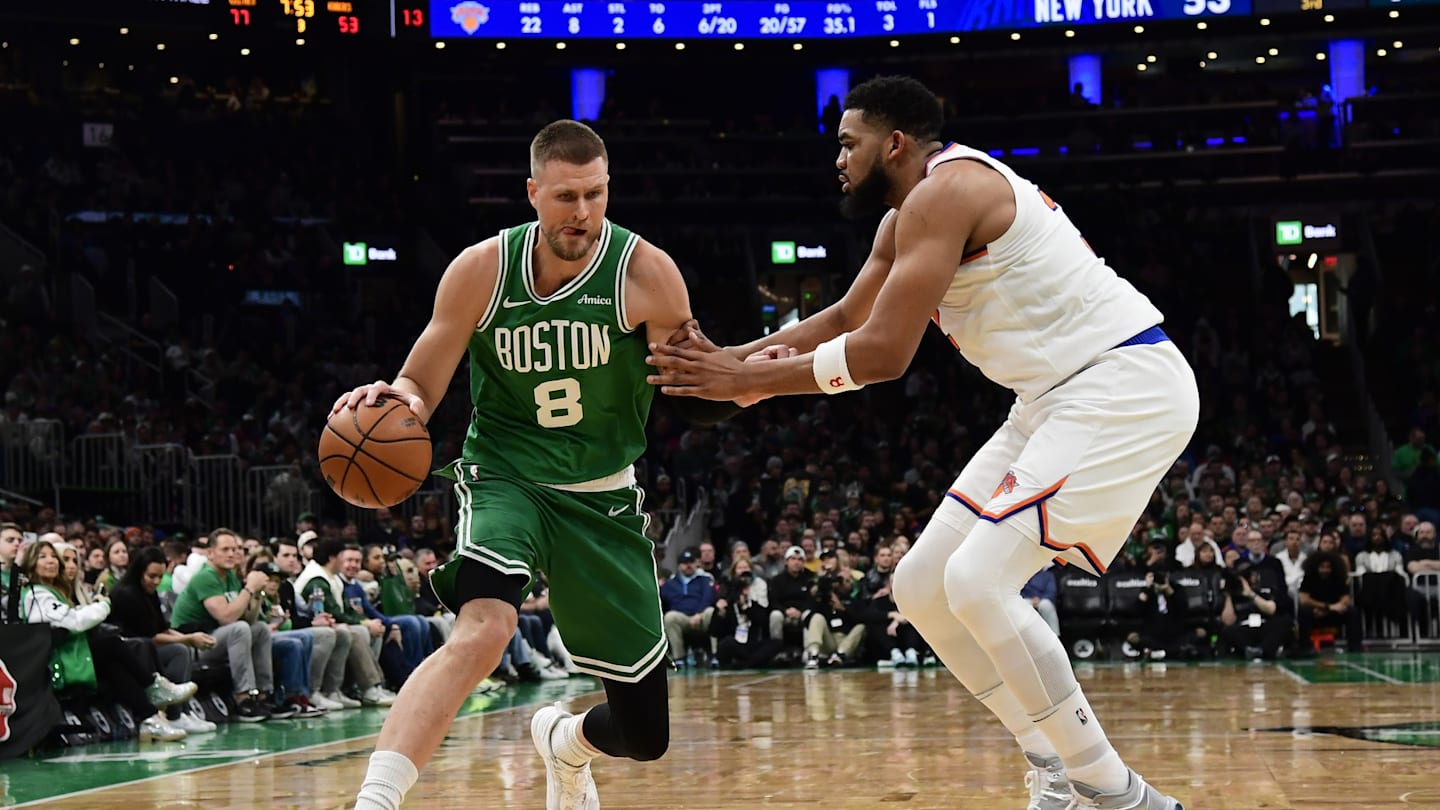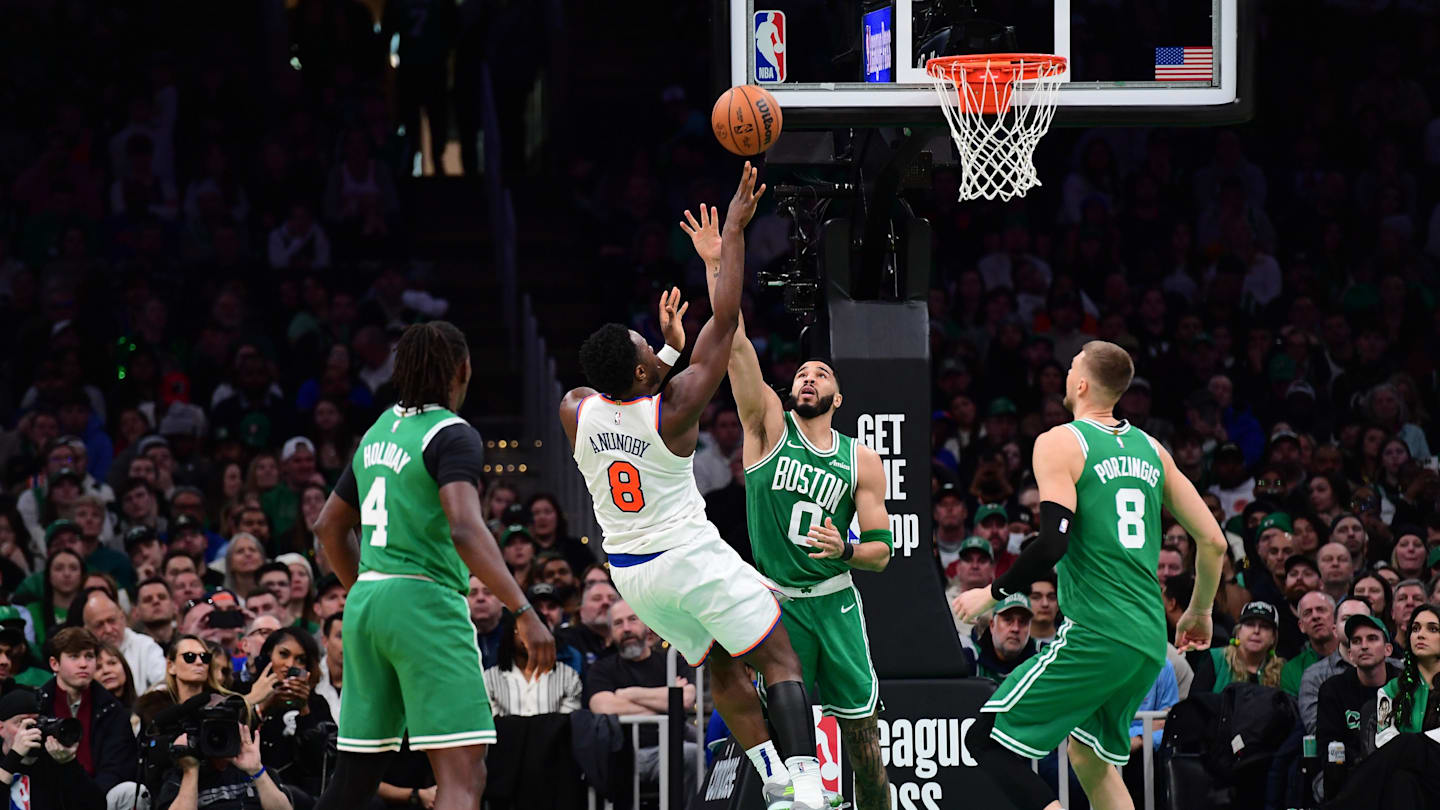The NBA has seen more 50-point blowouts in the last two years than in any other decade

There’s been a lot of discussion about NBA ratings recently, especially around national ratings drops earlier this season. Floated theories have covered everything from the emphasis on three-point shooting to competing stars’ friendliness with each other to players’ skills making it look like they’re not giving full effort. But something that perhaps should get more discussion is just how lopsided many games have been, to a higher level than anything seen in the league in other decades.
The latest example of that came from the Portland Trail Blazers’ 141-88 home win over the Charlotte Hornets Saturday night. That 53-point win was the largest in franchise history, surpassing the 50-point margin Portland put up against the Cleveland Cavaliers back in 1982. And it came from a team that only improved to 24-33 with the victory (albeit, one playing a team that dropped to 14-41 with the loss), leading to headlines like “Trail Blazers, of all teams, win by 53 points for largest victory in franchise history” (from Fox Sports). But Alberta Basketball communications coordinator and long-time NBA journalist Brian Swane had a particularly interesting point after this on how these 50-point blowouts are way more common than they’ve ever been:
NBA games decided by 50+ points:
2020s – 19
2010s – 8
2000s – 6
1990s – 7
1980s – 6
1970s – 9
1960s – 3
1950s – 0
1940s – 0There have been 11 games decided by 50+ points since the start of the 2023-24 season. https://t.co/auox4LaiLI
— Brian Swane (@BrianSwane) February 23, 2025
That’s right; the NBA had never seen double-digit 50-plus point blowouts in a decade until the 2020s, and then got 11 over just the past season and a half. Also, five of the top 12 trouncings of all time by victory margin came this decade, with three of those coming since the start of the 2023-24 season. And games that lopsided often make for bad television (although they sometimes come with entertaining announcer diversions, as we saw with Fox’s college basketball trouncing Saturday night), and they definitely lead to people tuning out earlier and thus decreasing the average minute audience.
The specifically rising numbers of 50-point blowouts aren’t necessarily key to the ratings story themselves. Even 11 games over one and a half seasons is a tiny amount of the 1,230 regular season games the NBA plays each season. And a lot of the games this lopsided are anticipated to be bad from the start, and only wind up airing regionally and on out-of-market packages like League Pass. And local ratings actually saw a notable gain overall last year (although a big part of that was about several teams moving off regional sports networks to over-the-air broadcasts).
But the discussion isn’t just “50-point blowout or competitive game.” It’s about numbers of non-competitive games in general. That’s harder to specifically track, as it’s possible for a game to be close throughout and then end as a 10-point loss thanks to late-game events, or for a game to be thoroughly in one team’s control throughout but end within 10 points thanks to increased time for the winner’s bench players.
The 50-point blowouts certainly show just how lopsided some NBA games are getting, though, and show that’s happening on a historic level. And the best way to get a lot of 50-point blowouts is to have a lot of lesser blowouts, with some of those then rising to the 50-point level. And there’s evidence of lopsided games beyond the specific 50-point stat here, from this season’s Oklahoma City Thunder posting the all-time highest margin of victory across a season to date (13.11 points per game) to two other teams across the last two seasons (last year’s Boston Celtics and this year’s Cleveland Cavaliers) making the top seven there.
What’s behind all this? Well, in a “National Blowout Association: Are Margins of Victory Increasing Compared to Previous Seasons?” piece at Action Network last January, based around that season’s January average margin of victory jumping to 13.9, well above anything else in the last 24 seasons, but also part of a rising trend overall), Matt Moore suggested some possibilities. Those included the increased variance seen in a three-point-heavy league, a potential letdown from players’ extra games in the In-Season Tournament, and parity (which, in this context, he suggests means less differentiation between teams over the course of a season, but more night-to-night variation).
Another possibility might be the increased numbers of organizations focusing on tanking/”The Process.” That necessarily comes with being consistently bad (although, apart from betting scandals, tanking is usually about front offices not trying to win, not the specific players on the court). And there could be other factors at play too, from injuries to players teams depended on to particular “load management” approaches and beyond.
Overall, the NBA is doing fine, especially with their national media deals locked in. The various ratings conversations are interesting, but the ratings are far from disastrous overall. And the league won’t be in particular financial trouble any time soon thanks to those locked-in deals, even after the various roastings over (and declining numbers for) its All-Star product adding to larger criticism of its current state. But competitive on-court games do matter, with even NBA commissioner Adam Silver citing “competitive tension” (as well as “aesthetic appeal”) this January as things the league needs to look at tweaking rules to promote. And the 50-point blowouts are as far from competitive as you can get, and their rising numbers do seem to tie into larger issues of competitive play.
Related
NBA: Mark Cuban says he would have asked for more…
Feb 13, 2025; Dallas, Texas, USA; Mark Cuban laughs during the second half of the game between the Dallas Mavericks and Miami Heat at American Airlines
NBA Scout Reveals Why Celtics Can Easily Beats Knicks in…
The Boston Celtics are one of the teams who are expected to be a contender at the end of the season. They are the defending NBA champions, so they feel like the
Nikola Jokić gives peak Nikola Jokić interview with Scott Van…
Nikola Jokić is still rewriting the record books — and treating it like just another day at the office. In a 149-141 overtime win over the Phoenix Suns
Knicks’ Struggles vs. NBA’s Elite Explained
The New York Knicks are one of the best teams in the NBA, but as of late, they have been defined more by their struggles than their triumphs.The Knicks are 0-7











